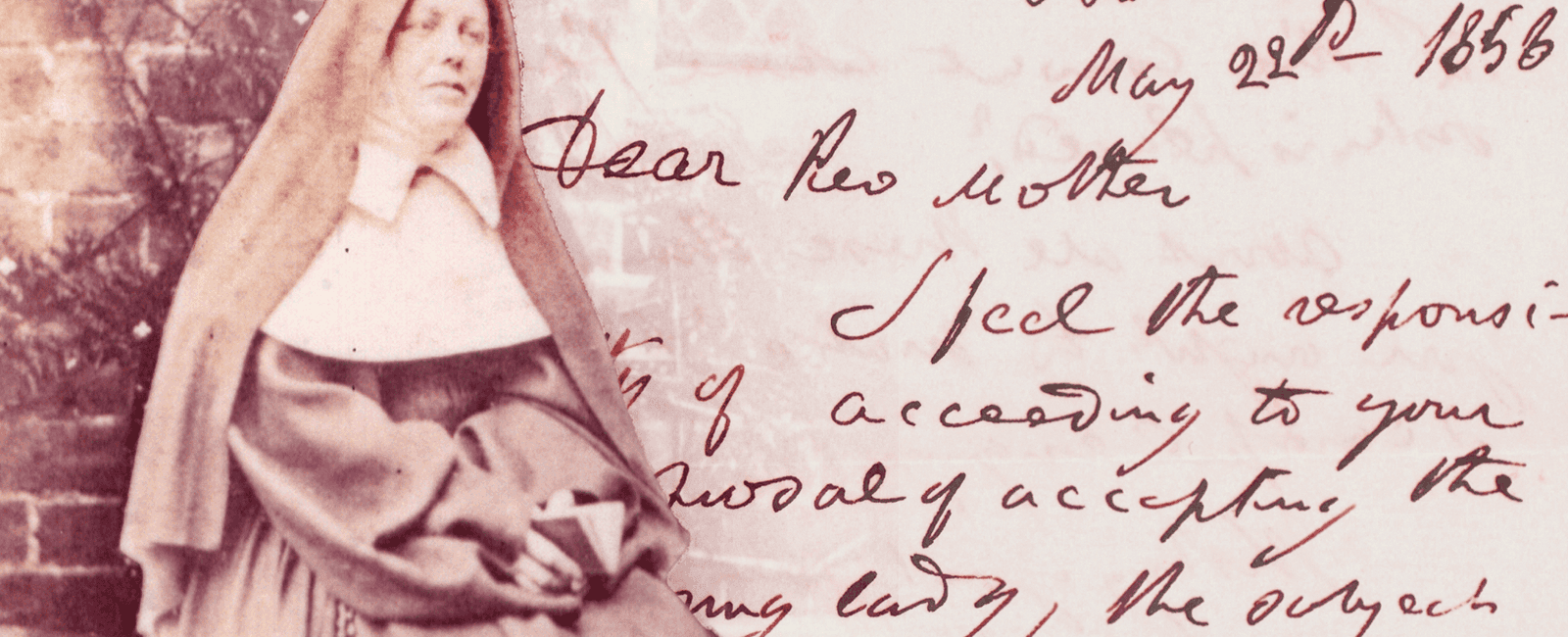The Sisters of Mercy

"Oh the Sisters of Mercy, they are not departed or gone. They were waiting for me when I thought that I just can't go on. And they brought me their comfort and later they brought me this song. Oh I hope you run into them, you who've been traveling so long." (Leonard Cohen)
The Sisters of Mercy are probably one of the best-known female Catholic congregations, having even entered popular culture; so much so that in 1971 musician and singer Leonard Cohen used their name as a title for one of his songs. Later in 1980 a newly formed rock band also took the name, having been influenced by Cohen’s song. However conflicted anybody might feel about the use of the name in these contexts, it demonstrates the indelible impression that the congregation has made on society in general, in a way that few others have.
The Sisters of Mercy were founded in 1831 in Dublin by Catherine McAuley as a vehicle for providing education and shelter for poor girls from the streets of the city. In 1839, the first Convent of Mercy was established in England, located in Bermondsey, London, with the second being opened in Handsworth, near Birmingham in 1841. It was thus, that when John Henry Newman established the Oratory on Alcester Street, Birmingham in 1849, the Sisters had been at work in the city for nearly a decade.
During the Crimean War in 1854, the Bermondsey Sisters were part of Florence Nightingale’s team of nurses who travelled to the front to care for the sick and wounded soldiers, working with her to establish the modern nursing profession.

The key members of the Handsworth community include first superior, Mother Mary Juliana Hardman, who was the daughter of John Hardman, who produced most of the metal and glasswork for the Pugin family, as well as Mother Ignatius Blount and Mother Jane Frances Blount, daughters of Sir Edward Blount.
As with most religious communities, the Mercy Sisters are decreasing in number, and gradually the convents are being closed, with the archives consolidated at Handsworth under the care of the archivist Mrs. Jenny Smith, and it was from this archive that we selected a small quantity of material to be included in the NINS Digital Collections.
We scanned about 130 letters, of which the majority are from the first two Bishops of Birmingham, William Bernard Ullathorne (59 letters) and Edward Ilsley (24 letters), there are also eleven letters from Cardinal Wiseman, two from Cardinal Manning and six from Cardinal Vaughan.
The Newman correspondence is few, with only four original letters to add to the collection, but in them he discusses, among other things, the poor law and the death of Wilberforce, and so contribute to the intellectual legacy that we are collating.
Share
Lawrence Gregory
Lawrence Gregory is the NINS senior archivist and UK agent, and a historian of nineteenth-century English Catholicism, who also enjoys cats and steam trains.
Topics
Newsletter
QUICK LINKS

